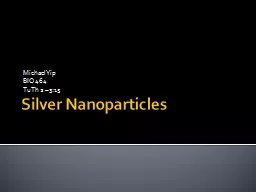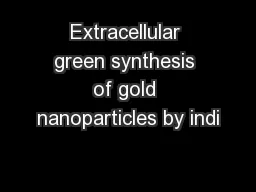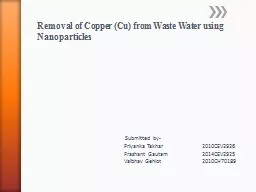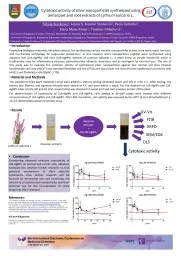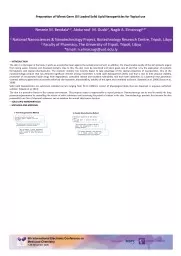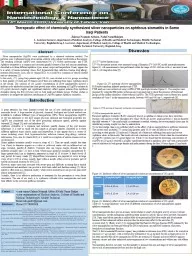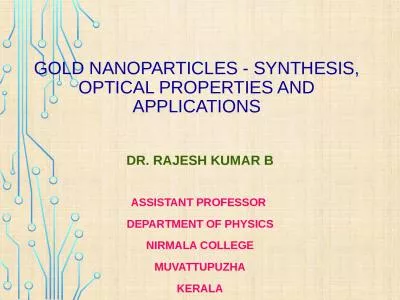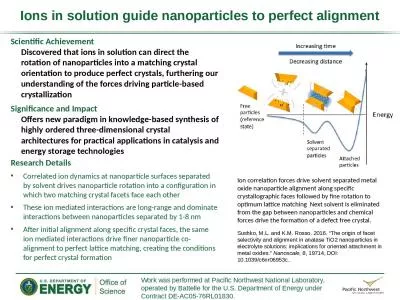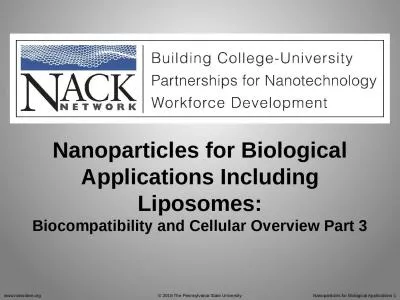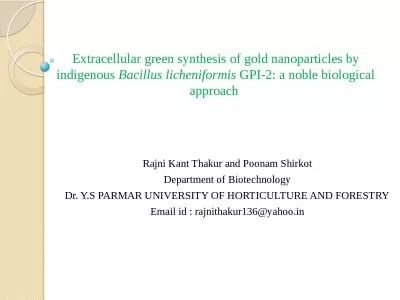PPT-Silver Nanoparticles Michael Yip
Author : lam | Published Date : 2022-02-15
BIO 464 TuTh 2 315 Structure of Compound PhysicalChemical Properties High electricalthermal conductivity surfaceenhanced Raman scattering chemical stability catalytic
Presentation Embed Code
Download Presentation
Download Presentation The PPT/PDF document "Silver Nanoparticles Michael Yip" is the property of its rightful owner. Permission is granted to download and print the materials on this website for personal, non-commercial use only, and to display it on your personal computer provided you do not modify the materials and that you retain all copyright notices contained in the materials. By downloading content from our website, you accept the terms of this agreement.
Silver Nanoparticles Michael Yip: Transcript
Download Rules Of Document
"Silver Nanoparticles Michael Yip"The content belongs to its owner. You may download and print it for personal use, without modification, and keep all copyright notices. By downloading, you agree to these terms.
Related Documents

